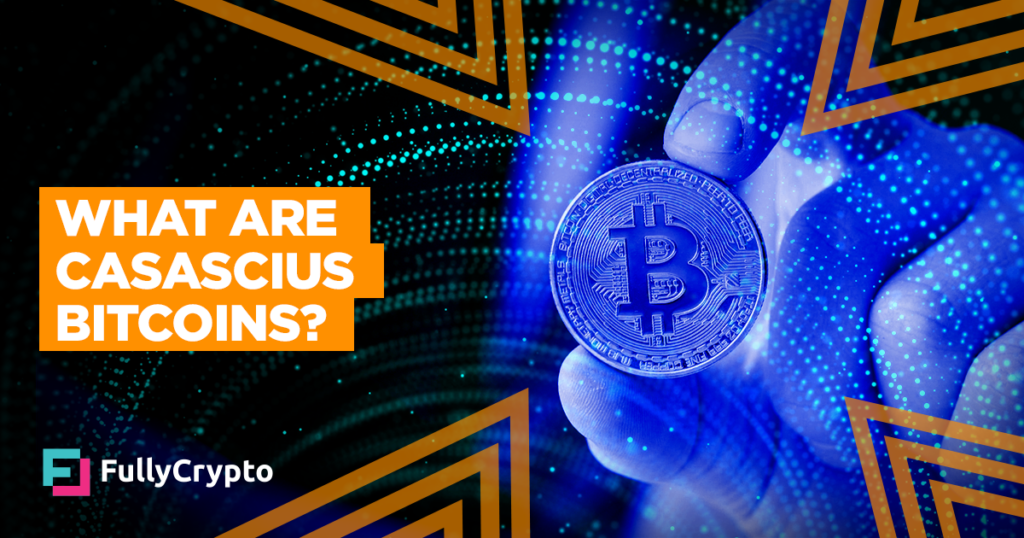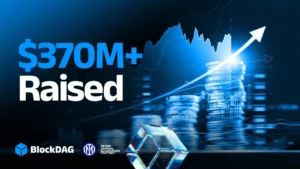
What Are Casascius Bitcoins and Why Are They So Expensive?
In a world where Bitcoin is often represented as a digital token existing solely in the realm of cyber space, it’s intriguing to explore the concept of physical representations. This is precisely what we’re going to delve into today with Casascius Bitcoins. These unique items have garnered immense attention due to their rarity and value, which has led us to ask: What Are Casascius Bitcoins and Why Are They So Expensive?
To begin with, it’s essential to understand the context surrounding these pieces of art. The brainchild of Utah resident Mike Caldwell, these physical representations were initially launched in 2011 as a proof-of-concept to facilitate conversations about Bitcoin among individuals. Initially, this concept was met with enthusiasm, and it wasn’t long before these coins gained popularity.
What differentiates Casascius Bitcoins from other physical interpretations is their unique design. Each coin contains redeemable BTC, but the private key resides beneath a hologram layer, which can only be accessed when peeled away. This innovation sets them apart from all other attempts at creating tangible Bitcoin forms.
The first production run of these coins was marked by immense popularity, with Caldwell producing ₿ 10, ₿ 25, ₿ 100, and even ₿ 1,000 versions, the latter being presented as gold bar lookalikes. Considering the Bitcoin price at the time was approximately $10, the value wasn’t overly alarming.
Despite their appeal, Caldwell’s production line was brought to a swift halt in November 2013 by the Financial Crimes Enforcement Network (FinCEN). This directive deemed that selling the coins with BTC inside them would qualify as operating a money transmitting business, necessitating registration at the federal level and potential state licenses. To avoid any potential legal issues, Caldwell wisely chose to cease production.
This sudden scarcity has contributed to Casascius Bitcoins being considered extremely rare, and their value has skyrocketed accordingly. Data from Casascius Bitcoin Analyzer indicates that 9,689 out of the initial 27,834 items produced by Caldwell prior to November 2013 have been opened. This figure translates to a paltry 34% of coins having been accessed.
What’s more astonishing is the fact that only two of Caldwell’s five flagship ₿ 1,000 bars remain unpeeled, currently valued at an incredible $92 million each. It comes as no surprise then that even those pre-2013 editions are often listed on eBay and fetch a significant premium.
It’s worth noting that most peeled coins were opened prior to the deadline of November 2013, but some have managed to remain untouched until more recent times – the latest peeling event occurring in October this year. The sheer number of still-unopened coins is nothing short of remarkable, with over 65% of originals still intact.
As we delve into the reason behind their exorbitant value, it becomes clear that these unique pieces have become a testament to the power of rarity and scarcity.
Source: fullycrypto.com


